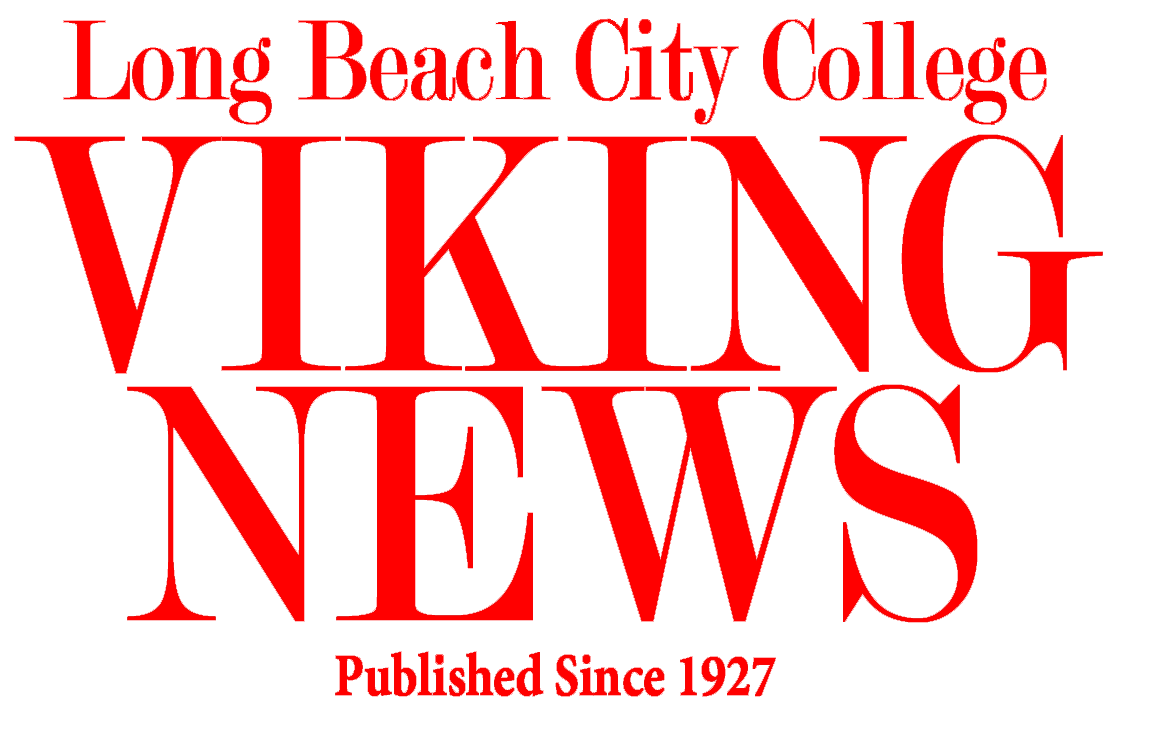The deadline to send applications to California State Universities and Universities of California is drawing near. In case you haven’t done so already or you’re thinking about starting the process next year, here is some general information every college student should know about transferring.
The deadline to apply for the 2023 fall semester for most universities is Nov. 30. Private and out-of-state university application deadlines vary by school, so be sure to check with a counselor or visit the university’s website for those dates.
In past years, some universities have extended their deadlines to accept college applications, so in case you happen to miss the deadline, check in with the transfer center or colleges’ websites to see if you can still apply.
Schools like Cal State Long Beach, however, strictly adhere to the November deadline, so the transfer center strongly recommends you apply before the month is over to have a fair chance at getting into any of the schools you wish to attend.
Cal States, which are the most popular universities students transfer to, require you to apply by creating an account on calstate.edu/apply. The application website for UCs is admission.universityofcalifornia.edu/apply-now, and private/out-of-state university applications can be found on their individual websites or on commonapp.org.
When you are ready to begin the process, you’ll need your transcripts from LBCC and any other college you have attended. Your LBCC transcripts can be found in your Viking Portal by clicking the Vikings Student System tab and then selecting Academic Records.
You will be inputting all the grades found on your “unofficial transcripts,” into your university applications, including every “W” and Academic Renewal grade if you have any.
If you need transcripts from other colleges you have attended, you can reach out to their admissions and records office and ask for a copy to be sent to LBCC. Note that some colleges may require you to pay a fee to send your transcripts.
You will also need a tax form (usually 1040) that shows you and your parent or guardian’s adjusted gross income (AGI). If you are over 24, you will only need to input your own AGI in your college application.
Once you’ve submitted your applications to universities, you’ll need to apply for a FAFSA to see what financial assistance you qualify for to help pay for college.
Applications for FAFSA are currently open, and the deadline to apply to FAFSA for the 2023 – 2024 year is March 2, 2023.
According to Judy Quilaton, an enrollment specialist at LAC: “The most common misconception students have about transferring to a university is that it is too expensive. There are so many support sources in terms of FAFSA. There’s even a program called Blue and Gold Opportunity Plan for low-income students applying to UCs.”
According to the University of California’s website, UC’s Blue and Gold Opportunity Plan promises to pay the tuition fees of students who are within their first two years of community college and whose total family income is less than $80,000.
Cal State Universities do not have this program, but there are other options to pay for school. FAFSA provides financial support to CSU applicants in the form of grants, loans, scholarships, and work-study programs.
It is important to input every university you’ve applied to on your FAFSA, even if you haven’t been accepted into those schools yet. If you get accepted into a school but didn’t put it on your FAFSA application, your financial assistance will get delayed.
The counselors and enrollment specialists at the transfer center recommend you speak with them about the application process, even if you feel that you don’t need help. Ruben, the transfer center coordinator at LBCC, expresses that transfer counselors can offer more than academic help.
“I want to encourage students to stay motivated,” Page said. “So many students don’t make it past their first year because they need to work to cover their needs or they don’t know what their major is. I think the best way students can stay motivated is by not focusing on their major, but focusing on what they want their life to look like after they get their university degree.”
There are two ways you can get help from the counselors at the center: by visiting in person or via Zoom.
Zoom is currently the most popular way of getting transfer help. Zoom application assistance sessions are held twice a week all the way up until Nov. 30. In the zoom meetings, you can even request to be put into a “break out room” to speak to a counselor privately.
If you would prefer in-person help, the transfer center at LAC and PCC is open Monday through Thursday from 9 a.m. to 5 p.m. and Friday from 9 a.m. to 12 p.m. until the end of the semester.


